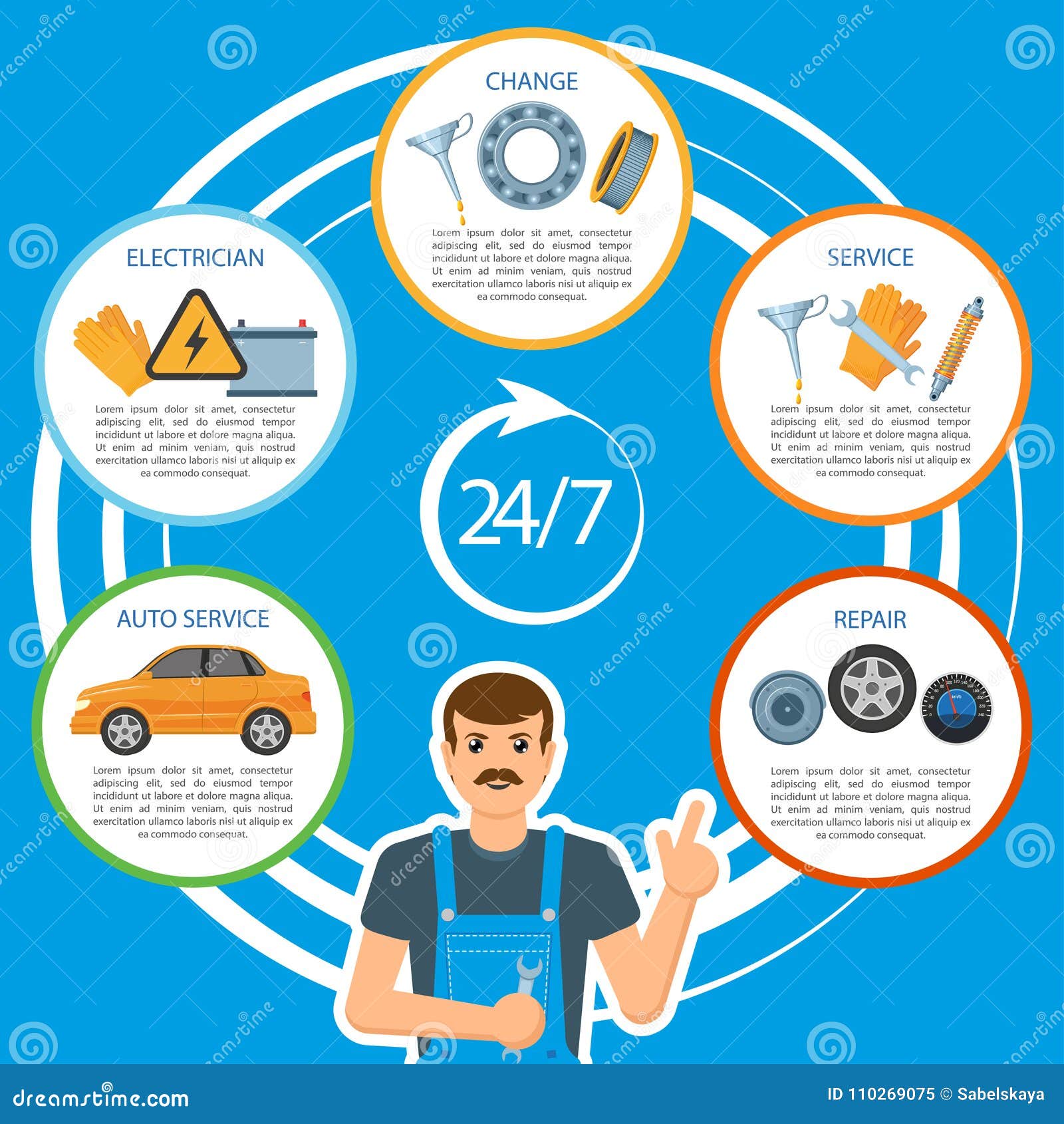Analyzing Your Automobile'S Caution Indicators: What They Really Communicate
Analyzing Your Automobile'S Caution Indicators: What They Really Communicate
Blog Article
Material Writer-Boye Kejser
When you lag the wheel, those beautiful caution lights on your control panel can be a bit bewildering. Do you understand what they're trying to tell you regarding your automobile's wellness? Recognizing the value of these lights is essential for your safety and security and the long life of your automobile. So, the following time among those lights appears, wouldn't you wish to analyze its message accurately and take the required steps to address it?
Common Warning Lights and Interpretations
Recognize common warning lights in your car and comprehend their meanings to make sure risk-free driving.
The most typical caution lights consist of the check engine light, which signals problems with the engine or exhausts system. If this light comes on, it's essential to have your lorry inspected promptly.
The oil pressure warning light suggests reduced oil pressure, needing immediate interest to prevent engine damage.
A blinking battery light might suggest a damaged charging system, possibly leaving you stranded otherwise resolved.
The tire stress monitoring system (TPMS) light signals you to low tire stress, impacting vehicle stability and gas performance. Ignoring auto car wash can result in hazardous driving conditions.
The abdominal light shows a trouble with the anti-lock stopping system, jeopardizing your capacity to quit quickly in emergency situations.
Finally, the coolant temperature level alerting light warns of engine getting too hot, which can cause extreme damages otherwise resolved swiftly.
Understanding these common warning lights will certainly aid you address issues immediately and keep secure driving problems.
Value of Prompt Interest
Recognizing the common warning lights in your car is just the primary step; the relevance of immediately dealing with these warnings can't be highlighted enough to ensure your safety on the road.
When a caution light brightens on your dashboard, it's your cars and truck's way of interacting a prospective problem that requires attention. Overlooking these warnings can result in a lot more severe issues down the road, compromising your safety and possibly costing you extra in repairs.
Motivate attention to warning lights can avoid break downs and crashes. For instance, a blinking check engine light can indicate a misfire that, if left unattended, might cause damages to the catalytic converter. Addressing this quickly can save you from a costly repair work.
Likewise, a brake system alerting light might indicate reduced brake liquid or worn brake pads, vital elements for your safety and security when driving.
DIY Troubleshooting Tips
If you see a warning light on your dashboard, there are a couple of DIY fixing suggestions you can try prior to seeking professional assistance.
The initial step is to consult your automobile's manual to comprehend what the details warning light shows. Often the problem can be as basic as a loose gas cap activating the check engine light. Tightening the gas cap might deal with the trouble.
One more common issue is a reduced battery, which can activate various cautioning lights. Examining the battery connections for corrosion and ensuring they're secure might repair the issue.
If a caution light continues, you can try resetting it by disconnecting the car's battery for a few mins and then reconnecting it. Additionally, checking your lorry's fluid levels, such as oil, coolant, and brake fluid, can assist repair alerting lights related to these systems.
Verdict
In conclusion, recognizing your auto's caution lights is vital for maintaining your lorry running smoothly and securely. By quickly resolving these notifies and recognizing what they imply, you can prevent costly fixings and prospective malfunctions.
marine paint protection in mind to consult your car's guidebook for specific details on each alerting light and do something about it as necessary to make sure a trouble-free driving experience.
Keep notified, stay secure on the road!
